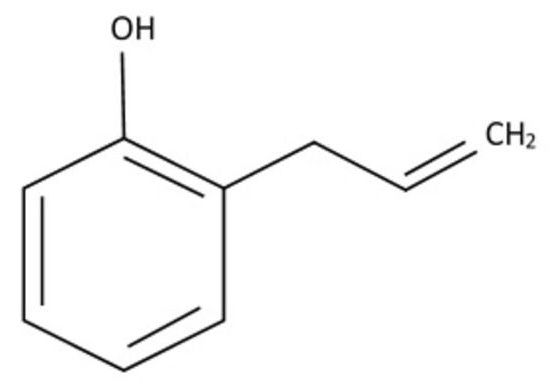Crosslinking is known as the bridging or interconnecting of two chemical compounds. A crosslinker is the molecule that is employed to create this connection. Crosslinkers can be utilized for all kinds of polymeric materials, and are especially suitable for hybrid resin systems.

Image Credit: Jayhawk Fine Chemicals Corporation
Polymer crosslinking is attained through a broad range of chemical reactions under an equivalently broad range of conditions. Catalysts can additionally be employed in this process to make the chemical reaction more efficient.
Standard polymers that benefit from crosslinkers are thermoset plastics including bismaleimides, epoxies, and vinyl resins. In some circumstances, thermoplastics like nylons and polyolefins can benefit.
Two of the unique crosslinkers offered by Jayhawk Fine Chemicals Corporation are ortho-Diallyl Bisphenol A and 2-Allylphenol.
JAYHAWK 301 (2-Allylphenol)
2-ALP (2-Allylphenol) has the chemical formula of C9H10O and is additionally known as o-Allyl Phenol.
This crosslinker is a colorless to yellow, mobile liquid and has a 134.18 g/mol molecular weight. It has a boiling point of 220 oC in ambient environments and a specific gravity of 1.02 at 20 oC.
JAYHAWK 301 is a bifunctional crosslinker due to its hydroxy and allyl functionality. It is most effective for the production of hybrid resins such as epoxy-acrylates with synergistic and novel characteristics.
JAYHAWK 302 (ortho-Diallyl Bisphenol A)
ortho-Diallyl Bisphenol A has the chemical formula C21H24O2 and is additionally known as ODBPA. This crosslinker is a thick liquid of a medium color that may sometimes crystallize at room temperature.
It has a flashpoint of more than 200 oC. A tetrafunctional crosslinker, JAYHAWK 302 can be utilized for composites and optimizes the features of thermosetting resins such as bismaleimides and epoxies. It is employed to enhance heat resistance at high temperatures.
Crosslinkers at Jayhawk Fine Chemicals Corporation
Jayhawk Fine Chemicals Corporation are experts in the advancement and production of chemical building blocks, such as crosslinkers. Its products are utilized throughout pharmaceutical, electrical, polymer, and agrochemical applications.
Jayhawk Fine Chemicals Corporation's JAYHAWK crosslinkers can specifically be used to create matrix resins for printed circuit boards, and for producing advanced composite materials.
Please contact Jayhawk Fine Chemicals Corporation for further information about its product range or for assistance in sourcing other unique crosslinkers.

This information has been sourced, reviewed and adapted from materials provided by Jayhawk Fine Chemicals Corporation.
For more information on this source, please visit Jayhawk Fine Chemicals Corporation.